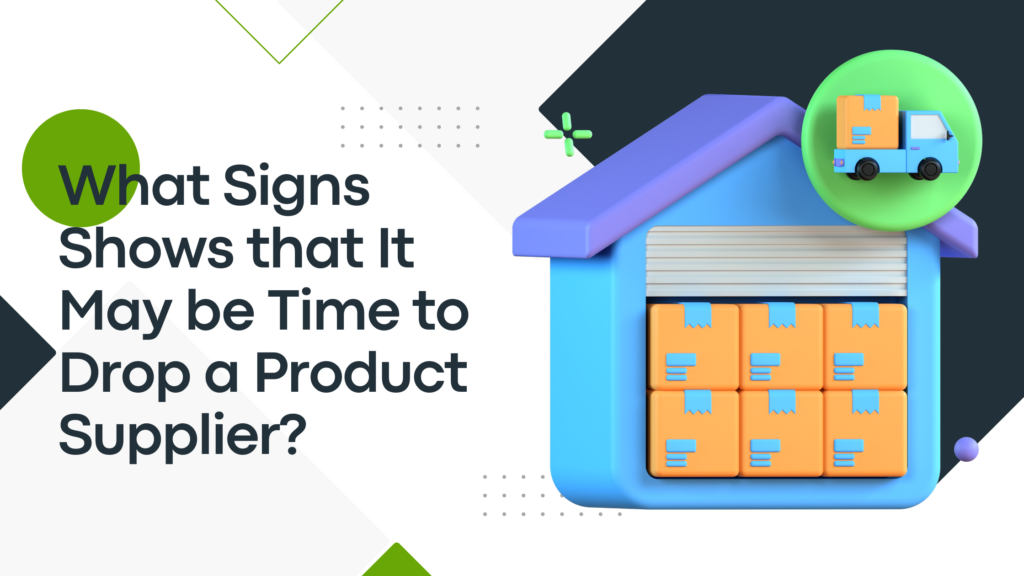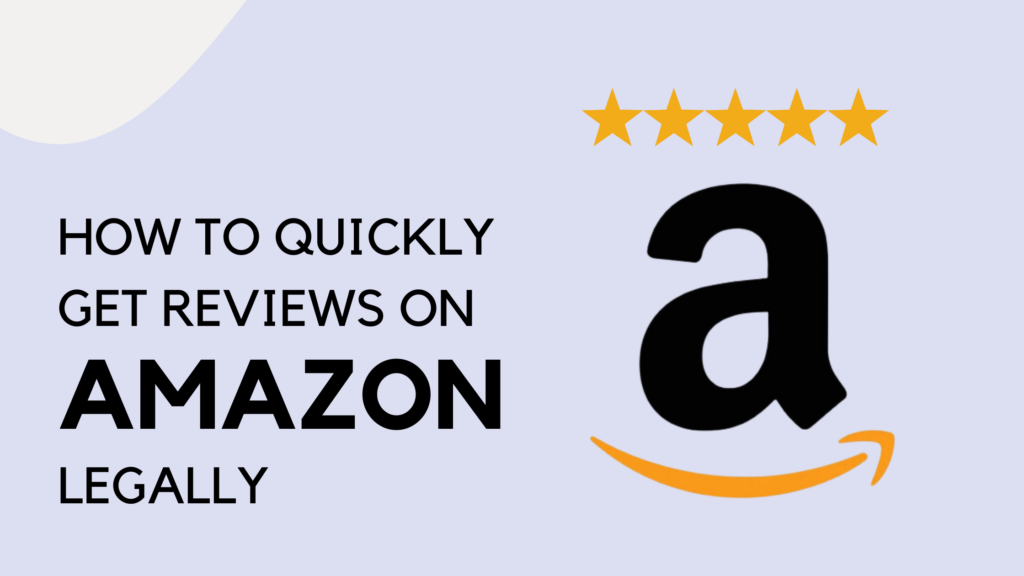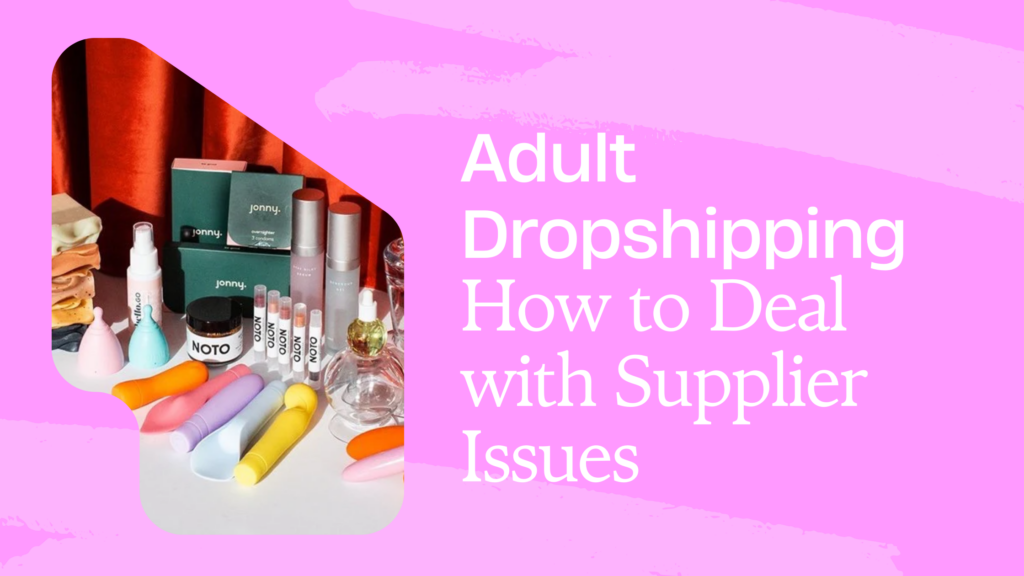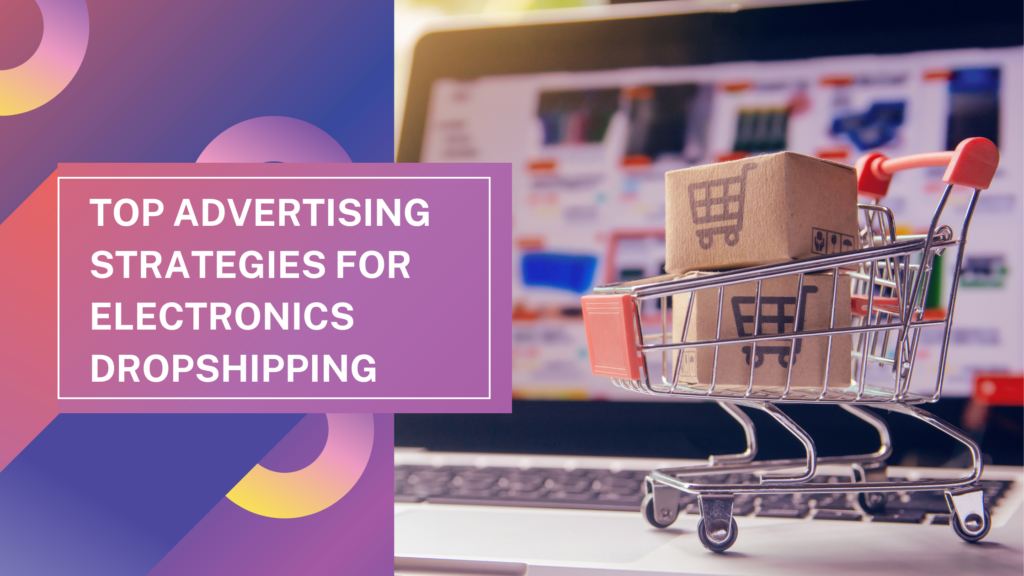What Signs Shows that It May be Time to Drop a Product Supplier?
When it comes to running a successful business, having reliable and efficient suppliers is crucial. However, not all supplier relationships are positive or beneficial in the long run. It’s important to recognize the signs that indicate it may be time to re-evaluate or end a relationship with an existing product supplier. This blog will explore the red flags that businesses should watch out for when considering dropping a supplier. From declining quality to lack of innovation, we will cover everything you need to know to make an informed decision.
Content
Increasing Prices without Justification
Declining Quality of Products or Services
Difficulty in Establishing Contact
Invoicing Mistakes and Discrepancies
Requesting Information Already Provided
Sudden Departure of Key Representatives
Lack of Gratitude and Appreciation
Misalignment with Target Market
Increasing Prices without Justification
One of the first signs that it may be time to drop a product supplier is when they consistently increase their prices without providing any valid justification. While pricing challenges can be expected in any business, it is unreasonable for the burden of price increases to fall solely on the customer. In times of low inflation, suppliers should offer explanations for price hikes and provide advance notice of these changes. If your supplier fails to justify their price increases and it begins to impact your bottom line, it may be time to start exploring alternative options.
Declining Quality of Products or Services
Another red flag to watch out for is a noticeable decline in the quality of products or services provided by your supplier. This decline can manifest in various ways, such as the omission of once-appreciated extras or a decrease in the overall quality of the products themselves. If you find that the quality of the products or services is no longer meeting your standards and it results in customer returns or complaints, it’s a clear indication that your supplier may not be prioritizing your business anymore.
Difficulty in Establishing Contact
Effective communication is essential for a healthy supplier relationship. However, if you find it increasingly difficult to get in touch with your representative or receive timely responses to your inquiries, it may be a sign that your supplier is not giving you the attention and support you deserve. Losing the ability to speak directly to a decision-maker and being left with unhelpful gatekeepers can hinder your business operations and jeopardize your control over the supply chain. If communication breakdowns persist and hinder your ability to address issues or make necessary adjustments, it may be time to consider other options.
Invoicing Mistakes and Discrepancies
Accurate and timely invoicing is crucial for maintaining financial control and stability within your business. If you find yourself spending valuable time correcting invoicing errors or receiving notices to pay invoices that have already been settled, it’s a clear indication that your supplier’s accounting and administrative processes are unreliable. These mistakes can be a significant drain on your resources and create unnecessary frustration. When accounts are not in control, it can disrupt your own operations and create financial uncertainties. If your supplier consistently demonstrates a lack of attention to detail in their invoicing practices, it may be a sign that you need to explore other supplier options.
Requesting Information Already Provided
Efficient supplier relationships rely on the accurate exchange of information. If you repeatedly find yourself having to provide information that you have already shared with your supplier, it’s a clear indication of a lack of attention or respect for your business. This situation can be particularly frustrating if you have invested time and effort in preparing comprehensive briefs or documentation for your supplier. A supplier who fails to acknowledge or utilize the information you have provided may not be fully committed to meeting your business’s unique needs. If your supplier consistently disregards or overlooks previously shared information, it may be time to seek out a more attentive and responsive partner.
Sudden Departure of Key Representatives
A change in personnel within your supplier’s organization can often be a cause for concern. If a reliable and responsive sales representative who has provided excellent service suddenly departs, it may be a sign of trouble ahead. While the reasons for their departure may not always be disclosed, it’s important to assess the impact of their absence on the quality of service you receive. If their replacement fails to meet your expectations or lacks the same level of expertise and dedication, it may be time to consider alternative suppliers who can consistently provide the support and service you require.
Lack of Gratitude and Appreciation
A mutually beneficial business relationship should be founded on gratitude and appreciation. If your supplier fails to acknowledge or express gratitude for your business, it may be a sign that they have become complacent and taken your partnership for granted. Remember, customers are what make a business successful, and a supplier who forgets to show gratitude may not be fully invested in maintaining a long-term partnership. Consider seeking out suppliers who prioritize excellent customer service and value your business by consistently expressing gratitude for your transactions.
Misalignment with Target Market
Businesses evolve, and so do their target markets. If your business no longer fits into your supplier’s target market, it may be a sign that it’s time to start exploring other supplier options. When your supplier’s services and products are no longer tailored to your specific needs, it can hinder your business’s growth and limit your ability to meet customer demands. By seeking out suppliers who align with your evolving target market, you can ensure that you have access to the most relevant and tailored solutions for your business.
Creating Additional Work
A supplier should make your life easier, not create more work for you. If you find that your supplier’s ordering system is outdated, inefficient, or overly complex, it can result in unnecessary frustration and wasted time. Additionally, dealing with grumpy or uncooperative employees can further hinder your business operations. If your supplier consistently adds to your workload rather than streamlining processes and providing efficient solutions, it may be time to consider other suppliers who can offer a more seamless and supportive experience.
Negative Feedback from Staff
Your staff’s experience and feedback are invaluable when evaluating the performance of your suppliers. If your employees consistently provide negative feedback about a particular supplier, it’s essential to listen to their concerns and assess the impact it may have on your business. Staff members who directly interact with suppliers can provide valuable insights into the quality of service, reliability, and overall satisfaction with the supplier relationship. If the feedback from your staff consistently highlights issues or challenges with a specific supplier, it’s worth considering alternative options to ensure a harmonious and productive working environment.
So to Conclude
Recognizing the signs that it may be time to drop a product supplier is essential for maintaining a healthy and productive business. Whether it’s increasing prices without justification, declining quality, or a lack of gratitude, these red flags should not be ignored. By carefully evaluating your supplier relationships and considering alternative options when necessary, you can ensure that your business continues to thrive and receive the support and service it deserves.







